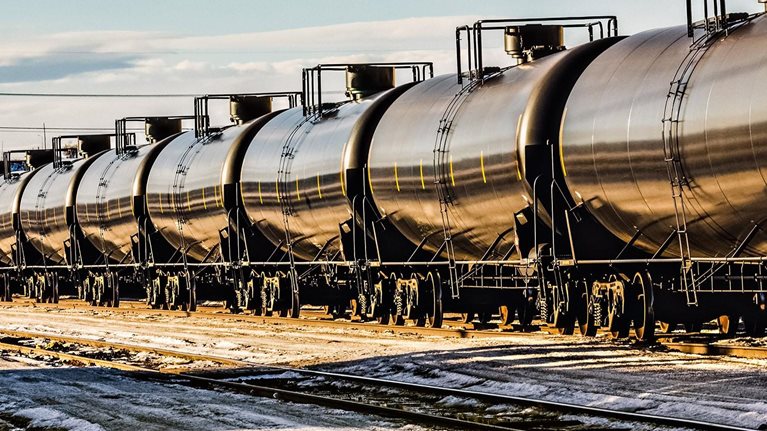In the summer of 2016, prices for US biofuel credits (RINs) hit levels of around $1.00/gallon (Exhibit 1). For refiners this translated into an additional cost of operations of $3–4/barrel of crude processed. For larger refiners this translates into hundreds of millions of dollars of additional costs. For example, Valero energy has projected annual spend on RINs in 2016 could total $850 million.

This is raising concerns that the cost of RINs, added to an already poorer year for refining margins in general, could be putting some refining assets at risk of shutdown.
Volatility in the RINs market is not new. 2013 also saw a sharp spike in RIN prices and concerns about the impact on refiners’ profitability. And even a more moderate year such as 2015 saw prices rise steeply in the high gasoline demand summer months. So what are the market trends causing these high values?
RIN values reflect a tight market
It is no surprise that RIN prices tend to rise in the summer months when gasoline demand and production are at their peak. Demand for RINs is based on the supply of gasoline and diesel to the market (from refiners and importers) which peaks in the summer months. However, in 2016 there have been other supply and demand factors as well.
Would you like to learn more about our Oil & Gas Practice?
On the demand side, the RIN requirement levels for the industry were raised by the US Environmental Protection Agency (EPA). In May EPA released the compliance rules for 2017 raising requirements for the conventional ethanol RIN by over 3 percent versus 2016.
On the supply side, the concern is more about the lack of transparency about how many RINs are actually available to the market. RINs can be banked to be used in the year after they are generated, so the current production of RINs is not a clear indicator of the volume available in a given year. Additionally, RINs can be owned and traded by non-industry players and there is no system to track who is holding RINs at a point in time, opening the door for traders to hold RINs in hopes of tightening the market. Finally, there have been some notable instances of fraud that have left some refiners who thought they had acquired the RINs necessary to meet their compliance obligation suddenly short of RINs and forced to go back to the market to acquire more.
This is not to say the market is unable to respond. There is clear evidence that the market is generating additional RINs from higher-cost sources. This includes generation of biodiesel RINs that, while expensive to create, can be used to satisfy the renewable ethanol obligation as well as the biodiesel obligation.
Blending of higher ethanol content fuels (such as E85) is also adding to supply. In fact the higher value of RINs seem to be more than covering the fuel discount that blenders have to offer consumers to entice them to use this lower energy content fuel. This should provide an incentive for greater E85 blending and, with competition, lower RIN costs. However, the limited number of E85 marketers may be a road block. Without competition at the pump, marketers may prefer to continue earning high margins on the volumes they already sell rather than growing volume by passing some of that margin onto consumers as lower prices.
The net of this appears to be that refiners should be able to acquire the RINs they need, but at a high cost. The degree to which this is truly hurting profitability depends on how much of this higher cost is being passed through as product higher prices.
RIN costs are passing through, but by how much?
The RIN obligation is effectively an additional variable cash cost faced by refiners when producing gasoline or diesel fuel for the domestic market. As such, market economics would suggest that when this cost rises, the prices of gasoline and diesel rise as well, essentially keeping the refiners whole and transferring the economic impact to consumers.
Unfortunately, the evidence to test for this market behavior is limited. For the most important product—gasoline, there is no clear market pricing available to measure if in fact higher RIN costs are passing through as higher domestic gasoline prices, relative to say export gasoline grades that are not exposed to RINs.
However, this is not to say there is no evidence. For diesel markets there is a bit more transparency. On the Gulf Coast there are now prices available for ULSD for both the domestic waterborne and export (also waterborne) market, with the main difference in the quotes being the exposure to RINs. A comparison of the premium of the domestic quote to the export quote shows a differential whose magnitude and variability appears to fairly closely track the cost of compliance based on the RIN prices.

Refining capacity outlook to 2020: 2015 developments
Similarly, quotes for domestic pipeline traded ULSD compared to pipeline traded low-sulfur heating oil, provides a similar story. As a non-road fuel, heating oil does not have a RIN obligation, even though it is quite similar to ULSD in makeup. Although volatile, this differential also appears to track the movement in the RIN prices.
So how exposed are refiners then? Even though there is evidence of pass through it is still possible that it offsets only a portion of refiners’ costs. The diesel spreads on average seem to align with more than 90 percent pass through of costs (Exhibit 2). But again, there is no data with which to assess the impact on gasoline prices. Also, even if there is a high degree of cost pass through, refiners still are exposed to timing risk if they do not acquire RINs as they are incurring the obligation.



